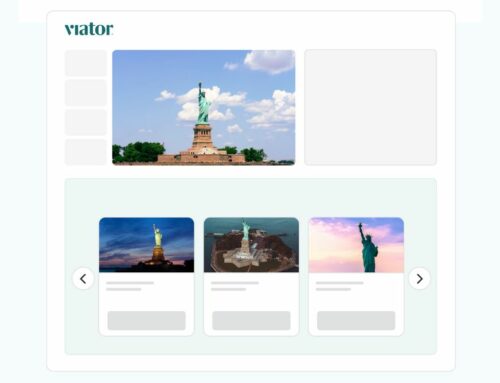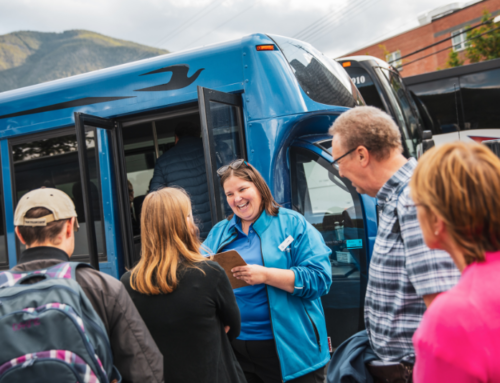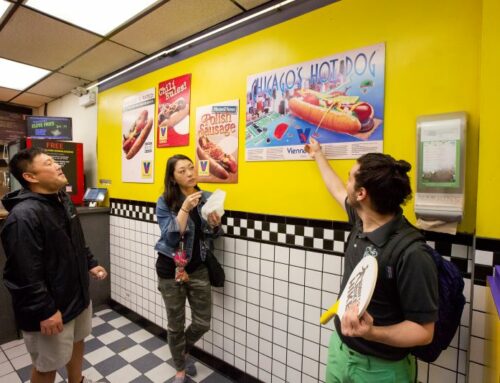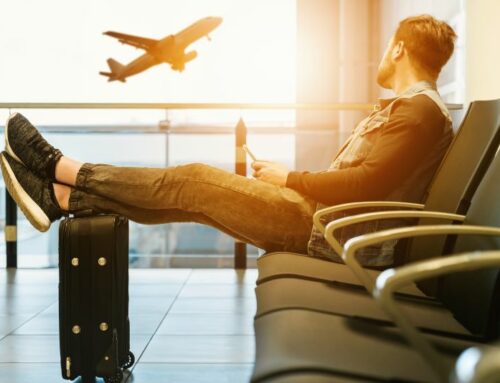Plenty of travelers are setting off on their own. The share of solo travelers continues to grow, and attracting this unique group to your business requires thought and planning. Take a look at some stats about solo travelers and how you can capture their business.
Solo travel is on the rise, as more and more travelers take off on their own to explore destinations around the world. The reasons for traveling alone vary—some like the feeling of being unburdened, others like the personal growth solo travel offers; there are hundreds of reasons why a traveler may set off by themself.
One thing that is for certain is that this trend isn’t going anywhere. A recent survey found that 76% of travelers have either traveled alone or are considering solo travel. Another study by Travelport discovered that solo travel makes up around 18% of global bookings in the travel industry.
Solo travelers offer a unique opportunity for experience operators. They have distinct habits and wants when traveling, and enticing them to book with you is a lot different than marketing yourself to other audiences.
Solo Travelers Take Longer Trips Than Other Groups
The Travelport research revealed that there are significant differences between solo travelers and other groups of travelers like families, business, couples, and weekenders—specifically in the length of their trips.
Solo travelers travel for a longer period of time than the other groups. They travel for an average of 19 days when they take a trip, the next closest amount was couples who go for 14 days on average. Solo travelers are spending longer amounts of time in their destinations than other groups and are more likely to be experiencing as much as possible in their travels. After all, many solo travelers are doing it to expand their cultural horizons, and truly experience a new place to the absolute fullest. They’re filling out their itinerary to the max (or alternatively leaving open some time to book things on a whim, which operators can still take advantage of). The tours, activities, and experiences you offer allow them to dig into the local culture better than anything else.
So how can you set yourself up to capture the attention—and bookings—from this audience? For starters, make sure your calendar and availability is completely up-to-date, and even consider lowering your booking cutoff time to attract last-minute bookers who are already in your destination. They may be seeking a good tour option for later that afternoon, or tomorrow’s rain is now sunshine and they want to skip the indoor museum and find a great outdoor activity instead. This is the exact kind of go-with-the-flow behavior that solo travelers exhibit, and operators who offer last-minute availability will beat out those that don’t. Better yet, if you offer multiple types of tours, they could very well book with you during their whole visit. And as the data shows, they’re staying in destinations longer than almost every other type of traveler.
Solo Travelers Rely on their Phones and Want a Unique Message
Solo travelers are on their own, but that doesn’t mean they’re cut off from the rest of the world. In fact, solo travelers rely heavily on their phones to help them plan and organize their trips. Additionally, they want to feel a personal slant to messaging when they are seeking inspiration for their trip.
The Travelport study found that 59% of solo travelers believe it’s important to be able to add extras to their travel while on-the-go. If your experience allows for it try to add optional upgrades such as a picnic or a stop for lunch. More and more travelers are being driven by their stomachs and seek out experiences that align with their culinary interests.
62% use their mobile phones to research and plan the non-air travel part of their trips. Ensure you’re reaching these on-the-go solo travelers by selling your tours on a platform that’s mobile-optimized, like Viator, and also make sure you’re ready to accept last-minute bookers (i.e. by lowering your cutoff time).
A unique character trait of solo travelers is that many of them want to have a personalized experience when planning their travel. 43% said they want to receive inspiration for their next trip based on their personal preferences. As an operator, it’s impossible to personalize for every single customer, but consider segmenting your marketing into various personas and create different campaigns for different groups. For instance, market specifically towards solo travelers with a social media post highlighting how you specifically cater toward them and provide an enriching experience that makes them feel connected with your destination. Or in your tour descriptions, explain whether it’s a good option for solo travelers versus other types—and why.
The way you position your tours and activities when you market them matters for attracting different audiences; and solo travelers are hungry for content that inspires them to book with you.
Sell your products online to travelers worldwide. Capture last-minute bookers.
[ta-obfuscator type=”link” new-tab=”true” href=”https://supplier.viator.com/sign-up-info?m=62185″ text=”Sign up today!”][/et_pb_cta][/et_pb_column][/et_pb_section]










